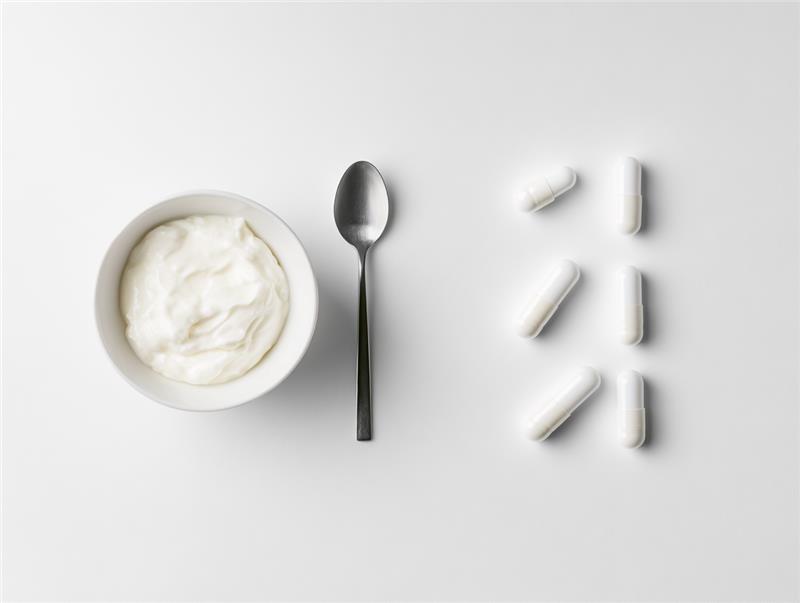Vitamin D deficiency in children: signs and risks
Deficiency is not uncommon, especially in temperate countries where sunlight is limited for several months each year³.
Children most at risk:
- Breastfed infants (breast milk contains very little vitamin D)⁶.
- Children with limited sun exposure³.
- Children with darker skin⁴.
- Children with restrictive diets or chronic digestive disorders³.
Possible consequences of deficiency:
- Rickets: bone fragility and deformities².
- Growth delays: due to poor skeletal mineralisation².
- Weakened immunity: frequent infections, fatigue, low energy¹.
Note: Deficiency can be silent at first, which is why prevention from birth is so important⁵.
Where can kids get vitamin D?
Vitamin D comes from three main sources:
1. Sun exposure
A few minutes of daily exposure of the face, arms, and hands is usually enough. But keep in mind⁴:
- Young children’s skin is fragile, so exposure must remain cautious.
- Sunscreen (essential for preventing sunburn) reduces vitamin D production⁴.
- In winter or cloudy weather, synthesis is almost zero³.
2. Diet
Some foods contain vitamin D, though in limited amounts³:
- Fatty fish (salmon, sardines, mackerel).
- Egg yolk.
- Fortified dairy products.
In practice: it’s very difficult for children to meet their needs through diet alone³.
3. Supplementation
This is the most effective solution, especially for infants and young children⁵.
- Paediatricians often recommend supplements in drop form, and sometimes ampoules⁵.
- Dosage should always be tailored to the child’s age, weight, and risk factors⁶.
Recommended daily intake
According to health authorities (ANSES, Inserm, Santé publique France), the recommended daily intake for children aged 0–18 is 400 to 800 IU/day³.
For children with risk factors (darker skin, limited sun exposure, digestive conditions), needs may double under medical guidance³.
Special case: for breastfed infants, supplementation is essential, as breast milk provides too little vitamin D⁶.
Common myths about vitamin D
- “Diet alone is enough.” False: even with a balanced diet, reaching the recommended intake is very difficult for children.
- “Summer sun exposure is enough to prevent deficiency.” Not exactly: vitamin D production depends on latitude, season, skin colour, and sunscreen use.
- “The more vitamin D, the better.” Wrong: too much can cause side effects (excess calcium in the blood, kidney problems). Supplementation should always be adjusted to the child and monitored by a doctor.
-
Practical tips to avoid vitamin D deficiency
- Ask your doctor or paediatrician for personalised advice on dosage⁵.
- Follow prescribed supplements (drops, ampoules) rather than relying on uncontrolled over-the-counter products³.
- Encourage a balanced diet and include fortified foods when possible³.
- Allow regular, gentle sun exposure – always suited to your child’s skin sensitivit
Should kids take vitamin D all year round?
It depends on the child’s situation:
- Infants and young children: supplementation is recommended all year, as neither breast milk nor diet can cover needs.
- Older children: usually advised during autumn and winter, when sunlight is scarce.
- Special cases: for children with darker skin, limited sun exposure, or certain health conditions, year-round supplementation may be necessary (medical guidance required).
Only a doctor or paediatrician can decide the right dose and duration for each child.
Conclusion
Vitamin D is a vital ally for children’s bone health, growth, and immunity¹. Since diet and sunlight often aren’t enough, supplementation remains the most reliable option, particularly for infants and children at risk⁶.
In short: prevention is always better than curing. With the right information, regular medical guidance, and a few simple habits, you can safeguard your child’s health with confidence.

















































